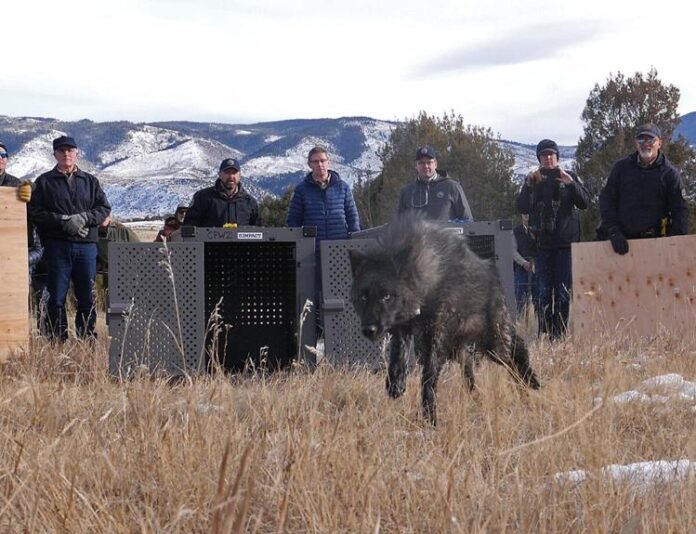The reintroduction of gray wolves to Yellowstone National Park and other parts of America since the 1990s has resulted in mistrust and hostility between wolf advocates and ranchers. The reintroduction of wolves in Colorado in December 2023 brought the issue into the spotlight once again and raised tensions even further. Ranchers point to wolf attacks on livestock and greater difficulties raising livestock when wolves are present, while wolf advocates cite wolves’ natural place in North American ecosystems and the at-times wanton killing of wolves.
Presently, federal and state policies regarding wolf reintroduction and subsequent livestock predation are determined rather arbitrarily by who happens to be in control of the machinations of government at a particular time and place. Neither ranchers nor wolf advocates appear satisfied with the swinging pendulum of raw political power deciding these issues.
A better path would be exploring opportunities for dialogue, understanding, and the discovery of any mutually beneficial solutions among the parties. Some predation of livestock by reintroduced wolves appears inevitable, and that is a problem. On the other hand, are there steps wolf advocates can take to minimize or compensate for such harm? Are there reasonable steps ranchers should be aware of to minimize the risk to their own livestock?
Colorado State University has published materials exploring the interaction of wolves and livestock, along with potential collaborative solutions. To date, however, no satisfying solutions have been implemented, largely because mistrust among the competing interests has stifled substantial progress. For example, wolf advocates often point to reimbursement funds for livestock predation while ranchers say the funds are inadequate and difficult to obtain. This shows there is room for collaboration to improve the system for livestock predation reimbursements.
To the extent that economic burdens are imposed by livestock predation, those burdens should be fairly compensated. It would be helpful to present objective, credible data on the total economic burdens imposed by wolf reintroductions. After determining the overall economic burden, government could set aside sufficient funding – ideally utilizing market mechanisms – to fully reimburse ranchers for their losses. Once such a fund is established, representatives of the ranching community themselves could determine the validity and amount of reimbursements from such a fund.
Speaking of market-oriented approaches, wolf advocates often point out that the reintroduction of wolves to Yellowstone National Park has brought substantial economic benefits in the form of increased Yellowstone tourism. Ranchers in the Yellowstone vicinity currently don’t reap any of those benefits while they suffer the harms of livestock predation. The National Park Service could potentially add a fee to each Yellowstone National Park visitation to more fairly distribute the economic benefits of wolf reintroduction to the ranching communities that currently pay the price. Some of those revenues could also fund programs to minimize livestock predation.
Those are just a couple examples of the many challenges and potential areas of cooperation between wolf advocates and ranchers. One substantial impediment to identifying solutions to the wolf reintroduction conundrum is that wolf advocates and ranchers often believe, rightly or wrongly, that the other side would not approach a mutual dialogue with an open mind and a desire for true cooperation. Perhaps that is so, but I believe there are people of integrity on all sides of the issue. Bringing all parties together for in-person meetings and discussions is a necessary first step to finding potential avenues for cooperation.
My organization, The Heartland Institute, is a longtime advocate of freedom-oriented solutions to societal problems. Heartland has also been a longtime ally of rural communities and the rural way of life. At the same time, we recognize there is value in maintaining a place for majestic iconic species in the American West. During the next few months, Heartland will attempt to pull together representative leaders from the currently competing interests for dialogue and meetings. After all, mutual cooperation presents a more promising path than raw political power.




